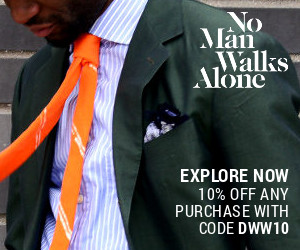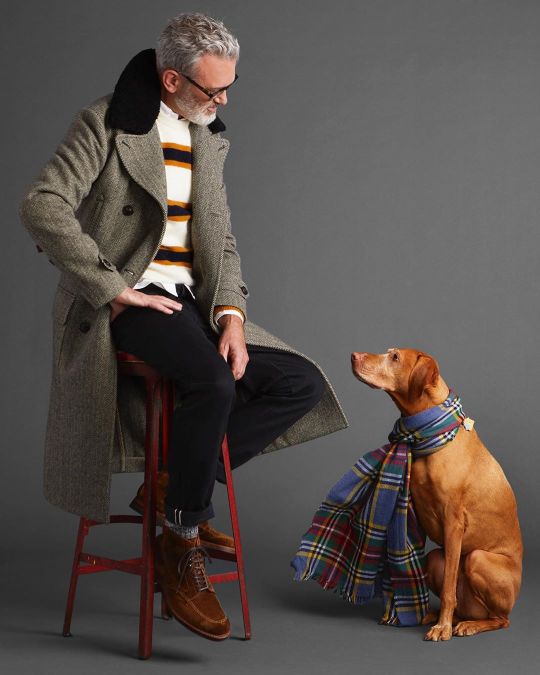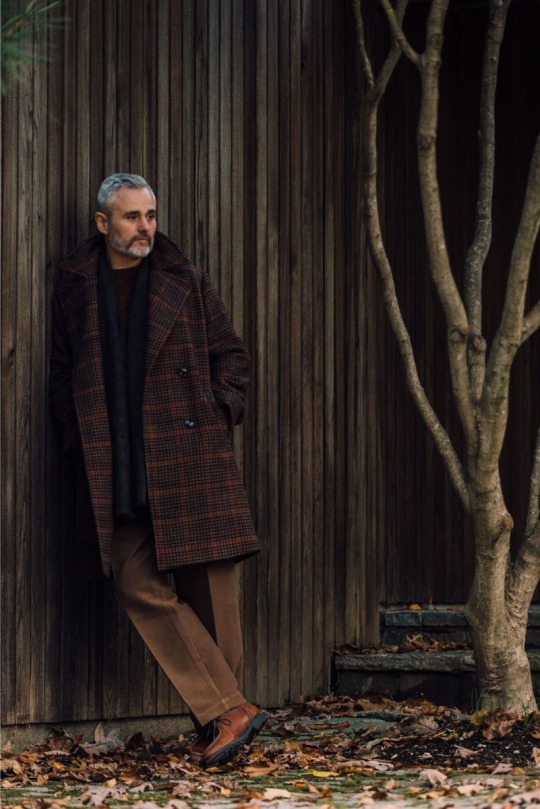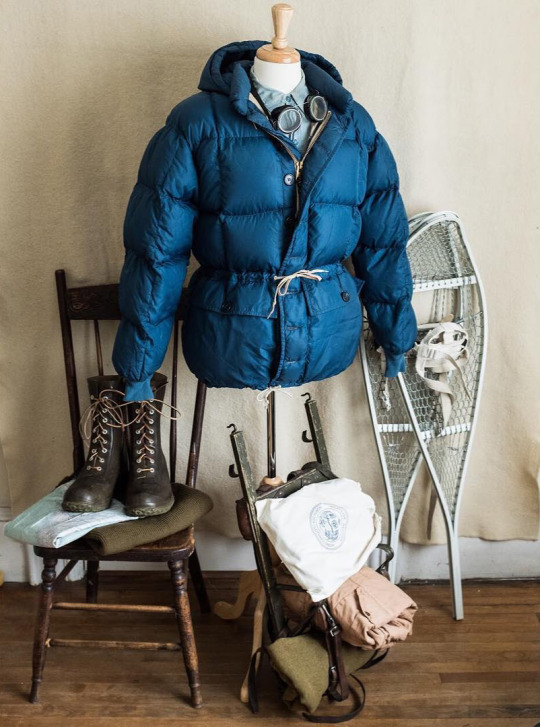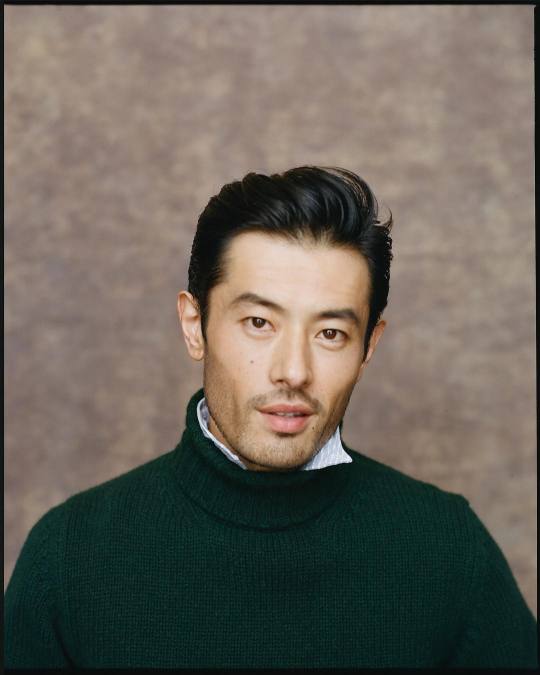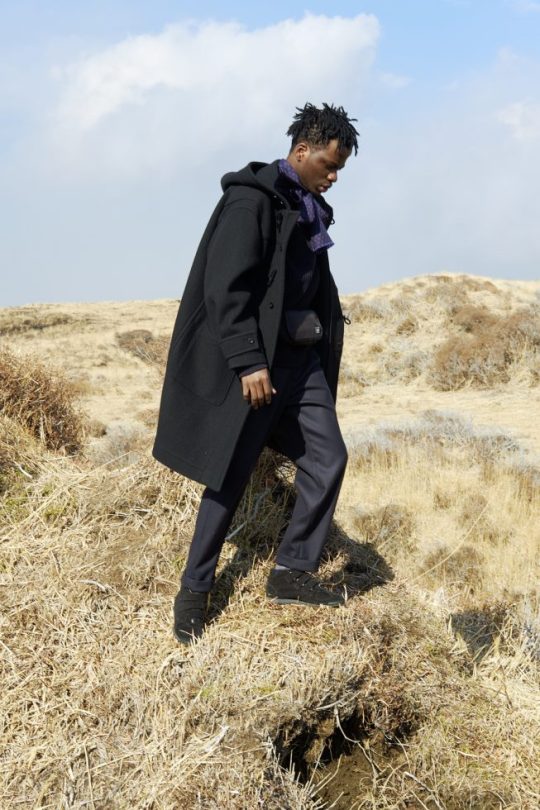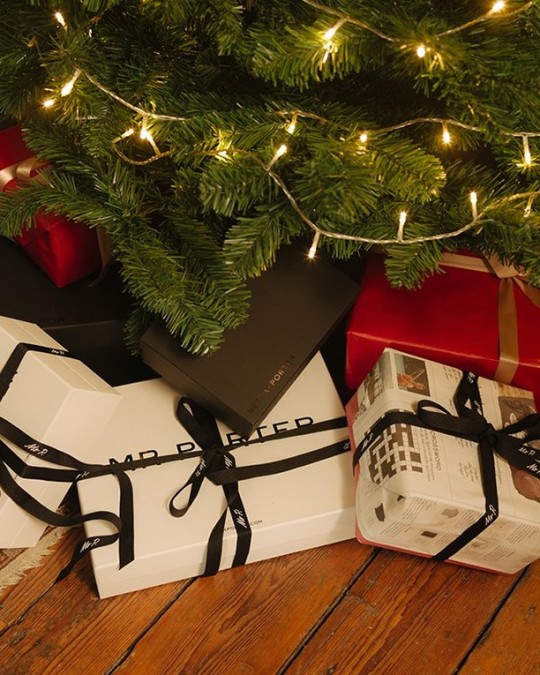
Mr. Porter just started their end-of-season sale, where you can find select items discounted by as much as 50% off. Note, the actual sales section isn’t up yet — and things will be added to the promotion as the night rolls on. But if you add things to your cart now, you may see some discounted prices.
For those unfamiliar, Mr. Porter’s seasonal sale rolls out in waves. By the end of tonight, you’ll see the official sales section up. And by tomorrow morning, you’ll see the full scope of their sale. If you want to get the best size selection, however, now is a good time to browse. Add things to your cart to see if they’ve already been discounted. If not, leave them in your cart and check back to see if they’re included in the promotion. If you see multiple items you want, checkout now with the discounted pieces you like. Things tend to move quickly at Mr. Porter and your size may not be around by tomorrow.
I think the best way to browse the sale is by searching through the product categories and filtering by sizes. That way, you increase your chance of stumbling upon something serendipitously. Mr. Porter also has a page on their site listing all their brands. If you’re looking for suggestions, however, here are ten items I think are particularly good.
Keep reading

